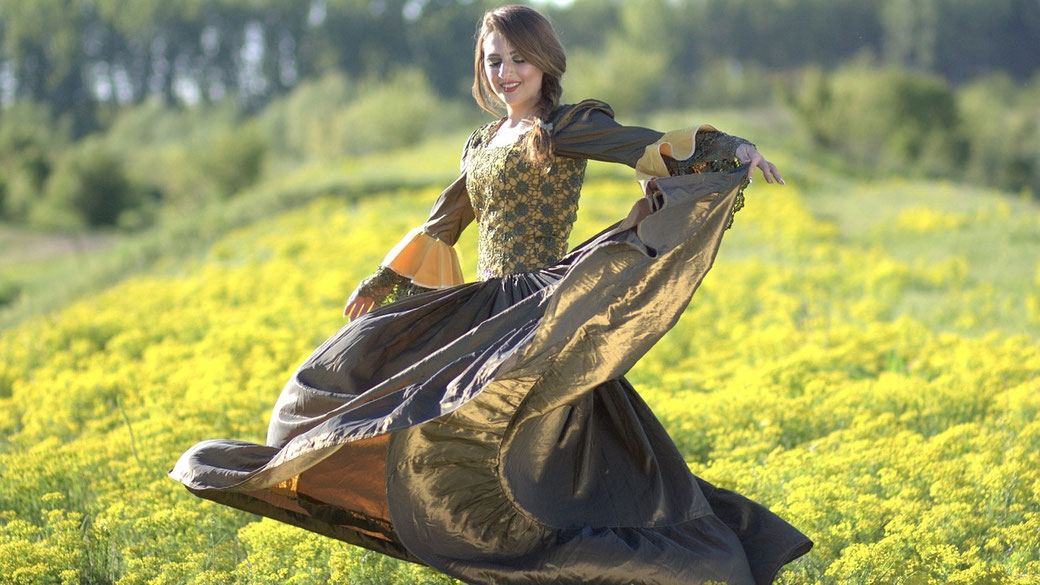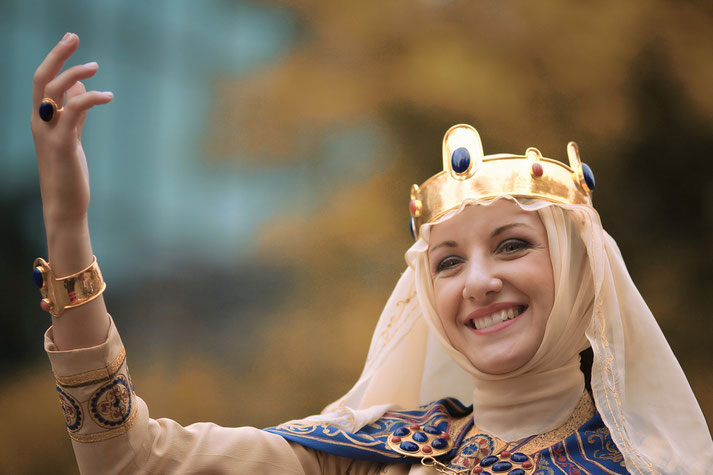What was it really like to be a princess in the Middle Ages?

In the Middle Ages, being a princess was often seen as a glamorous and highly desirable position. However, the reality of life as a princess was far from the fairy-tale image that we see in popular culture.
Life for a medieval princess was often one of political intrigue, danger, and limited personal freedom.
What was a 'princess'?
A princess is a female member of a royal family, typically the daughter of a king or queen.
In medieval times, a princess was a member of the ruling class and was often married off to another royal or noble family as a way of forging political alliances and strengthening dynastic power.
The role of a princess varied depending on the time period and location, but generally, she was expected to bear children, entertain guests, and support her husband in his political activities.
Their role and responsibilities
During the Middle Ages, royal marriages were arranged as a way to forge alliances and strengthen political power.
Princesses were often betrothed at a young age to princes from other kingdoms or regions.
These marriages were not based on love, but rather on the strategic interests of the families involved.
A princess's primary duty was to produce an heir and secure the succession of the dynasty.
Once married, a princess had to navigate the complex politics of court life.
She was expected to be a gracious hostess, entertaining important guests and attending courtly events.
She was also expected to support her husband in his political endeavors, and to act as a mediator between him and other members of the court.
The downsides...
Despite the important role that princesses played in courtly life, they had limited personal freedom.
They were often kept under close guard and were rarely allowed to leave the palace or castle where they lived.
This was done to protect them from danger and to prevent them from engaging in political activities that might undermine the authority of the king or prince.
Life for a medieval princess was also dangerous. Wars and political upheavals were common during this period, and princesses were often used as pawns in these conflicts.
They were sometimes kidnapped or held for ransom, and were occasionally used as hostages to secure political deals.
The most dangerous part
In addition to the dangers of courtly life, medieval princesses also faced the risk of childbirth.
Pregnancy and childbirth were risky endeavors in the Middle Ages, since modern medicine did not exist.
Infections and complications arising from the process meant that many young women died during or very soon after giving birth.
Princesses were expected to bear many children, and the risk of death during childbirth was a constant threat.

Would you really want to be a princess?
Despite the many challenges that princesses faced in the Middle Ages, some were able to carve out a degree of independence and influence.
Women like Eleanor of Aquitaine were able to exert significant political power, despite the limitations placed on them by their gender and social status.
being a princess in the Middle Ages was a complex and challenging position. While it offered some degree of wealth and privilege, it also came with significant risks and limitations.
Today, we can look back on the lives of medieval princesses with a mixture of admiration and sympathy, recognizing the important role they played in shaping the course of history.
What do you need help with?
Download ready-to-use digital learning resources
Copyright © History Skills 2014-2024.
Contact via email
With the exception of links to external sites, some historical sources and extracts from specific publications, all content on this website is copyrighted by History Skills. This content may not be copied, republished or redistributed without written permission from the website creator. Please use the Contact page to obtain relevant permission.





